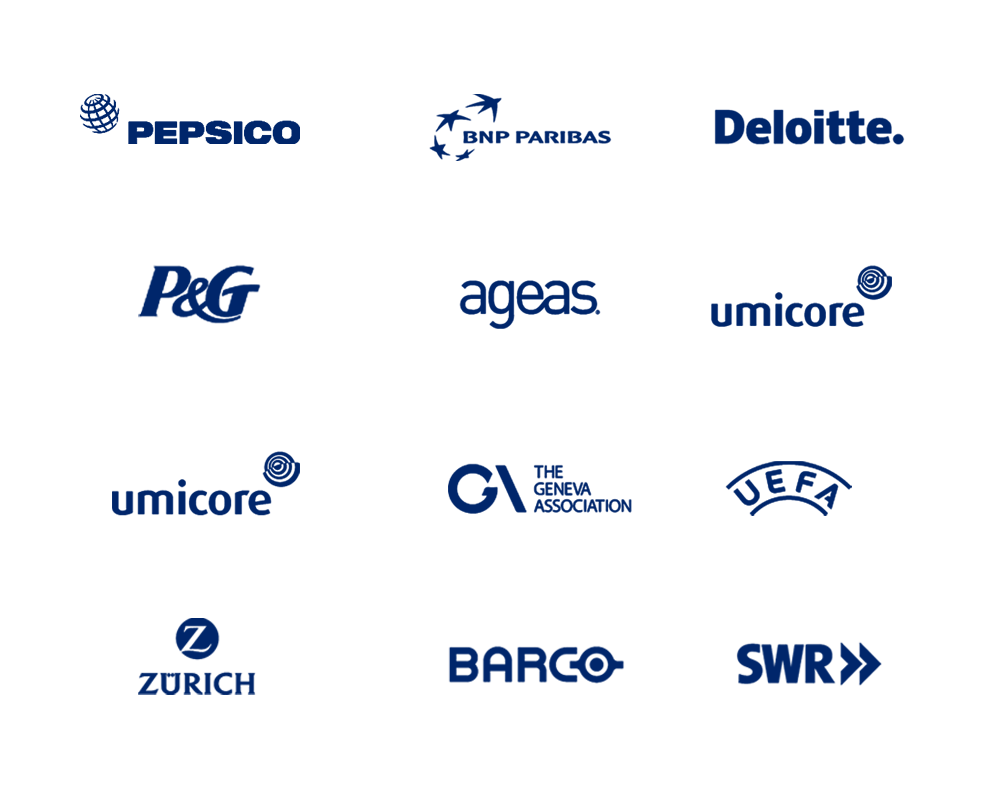The role of SDSS in decision-making with Trensition
At Trensition, we're dedicated to crafting a strategic decision-making system (SDSS) that empowers organisations to make effective long-term decisions. SDSS provides decision-makers with the data, analysis, and tools necessary for informed decision-making, fostering a culture of trust and collaboration.

As we explore the significance of SDSS even more, critical questions arise: what does this mean in practice? Why is it an increasingly important asset and/or capability for organisations? How can it help organisations to remain competitive, relevant, or innovative in society?
In upcoming articles, we will explore the practical applications and added value of SDSS across various dimensions. The latter are chosen based on two reputed business analysis frameworks that are used worldwide by organisations: STEEPLE analysis and Porter’s value chain analysis. Throughout this exploration, we'll also highlight the role of Trendtracker, a key component of Trensition's SDSS.
Navigate the business environment with STEEPLE analysis
Businesses today have to deal with various challenges- from tech changes to consumer shifts, economic swings, regulations and environmental issues. Traditional planning approaches may not fully grasp these complexities. That's why tackling everything by making a STEEPLE analysis helps organisations proactively identify emerging trends and align their strategies accordingly.
A STEEPLE analysis is part of an organisation’s external environment analysis when conducting a strategic analysis, and gives an overview of the following different macro-environmental factors to be taken into consideration

- Social factors encompass various aspects of society that influence individuals and communities, including cultural norms, demographics, social structures, lifestyles, and values.
- Technological factors encompass various dimensions of technology, such as research and development (R&D) activity, automation, or the rate of technological change.
- Economic factors encompass elements such as the growth of the economy, exchange rates, inflation rates, and interest rates.
- Environmental factors encompass the physical, ecological, and geographical conditions that affect individuals, communities, and ecosystems.
- Political factors relate to government interventions in economic affairs.
- Legal factors encompass the regulatory framework and legal environment within which individuals, organisations, and institutions operate, including laws, regulations, policies, and judicial decisions that impact behaviour and decision-making.
- Ethical factors encompass the moral principles, values, and norms that guide behaviour and decision-making within individuals, organisations, and societies.
In essence, STEEPLE empowers businesses to make informed decisions in uncertain times. Effectively conducting such analysis helps them maintain competitiveness, relevance and sustainability in the long run.
Read more: 5 Societal Trends Shaping the Global Future
Optimise value creation in business
Understanding the external business environment is important, but it is equally crucial to have a grasp of your company's internal workings. Companies that take the time to optimize their operations can reap great benefits in terms of cost reduction and increased productivity.
To achieve these advantages, one can turn to Porter's Value Chain, a strategic management framework that analyses a company's internal activities to identify its competitive advantage. This framework consists of the primary activities that are directly involved in production and delivery, as well as the support activities that enable primary activities to be executed.

Primary activities of Porter's Value Chain
All five primary activities are essential in adding value and creating a competitive advantage and they are:
- Inbound logistics: Involves receiving, storing, and distributing inputs or raw materials needed for production.
- Operations: The processes of transforming inputs into finished products or services.
- Outbound logistics: Activities related to storing, distributing, and delivering finished products to customers.
- Marketing and sales: Activities aimed at promoting, selling, and distributing products or services to customers.
- Service: Encompasses activities that support customers after the sale, such as installation, repair, maintenance, and customer support.
Support activities of Porter's Value Chain
Using support activities helps make primary activities more effective. Increasing any of the four support activities helps at least one primary activity to work more efficiently.
- Infrastructure: Activities related to general management, finance, accounting, legal, and other support functions that provide the overall framework and structure for the organisation's operations.
- Technological development: Activities related to research and development (R&D), innovation, and technological infrastructure that support the organisation's operations and product/service offerings.
- Human resources management: Includes activities such as recruitment, training, development, and management of the organisation's workforce to ensure that they have the skills, knowledge, and capabilities required to perform their roles effectively.
- Procurement: Involves sourcing and acquiring the resources, materials, and inputs needed for the organisation's operations.
Read more: Trensition's Moonshot Thinking: Making the Future Less Uncertain
Solving business challenges with STEEPLE and Porter's Value Chain
A technology company is facing increased competition in the smart home devices market. To evaluate external factors affecting their business, they use the STEEPLE analysis.
They find that customers are increasingly preferring sustainable and eco-friendly products (environmental factor), there is a growing trend in smart home automation (technological factor), and there are strict regulations on data privacy (legal factor).
With this information, the company can adjust their product development strategy to prioritize eco-friendly materials, invest in research and development for innovative automation features, and ensure compliance with data privacy laws.

Porter's Value Chain analysis helps the company identify opportunities to improve its competitive advantage by analyzing its internal activities. For example, they could establish strategic partnerships with suppliers for sustainable sourcing to optimize inbound logistics, streamline operations through automation and AI-driven processes, and invest in customer service to provide exceptional post-purchase support.
By combining the STEEPLE analysis, Porter’s Value Chain, and Trendtracker, the company can anticipate market trends and regulatory changes while strengthening its internal operations to deliver value to its customers and stay ahead of the competition. This example demonstrates the benefits of using SDSS and strategic frameworks to drive organisational success.
Conclusion
Strategic decision-making systems (SDSS) are crucial in helping organisations navigate the complexities of the modern business environment.
In this article, we explored the role of SDSS in decision-making and highlighted the importance of frameworks like STEEPLE analysis and Porter's Value Chain in providing critical insights.
By using SDSS and a platform like Trendtracker, organisations can identify opportunities, mitigate risks and stay ahead of market trends. But there is more to discover. In our upcoming articles, we will explore the practical applications of these frameworks in real-world scenarios.



.png)
.jpg)










